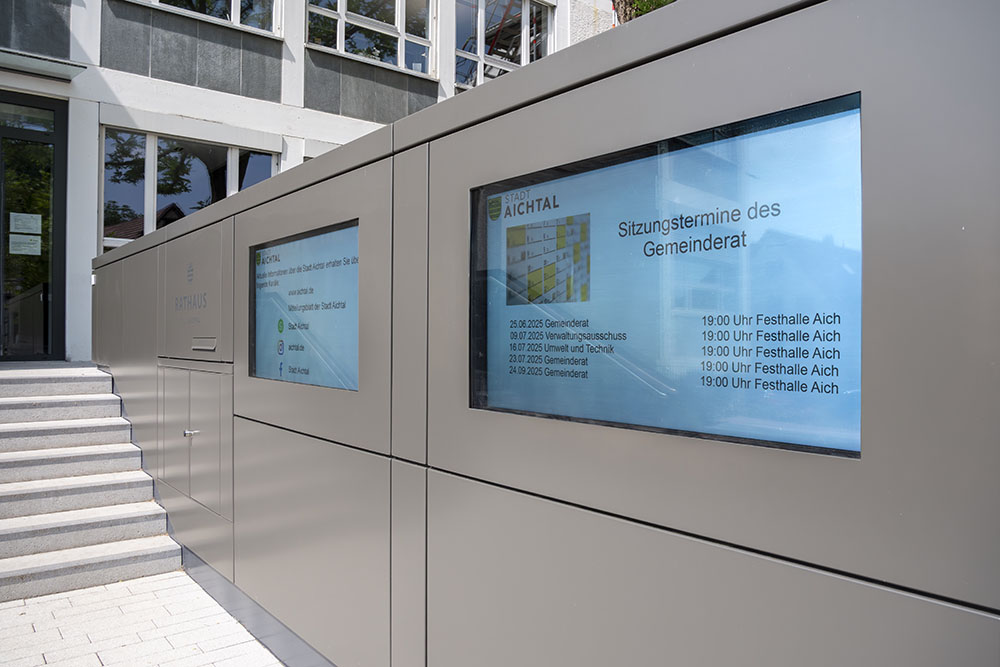

Digital signage systems have become indispensable in many industries today. They offer numerous advantages, from improving customer experience to increasing efficiency in communication. In this how-to guide, we will show you how to successfully implement digital signage systems.
Before you start implementing, you should set clear goals. What do you want to achieve with your digital signage system? Common goals include:
A clear definition of goals will help you measure the success of your project and make the right decisions.
A successful digital signage system is precisely tailored to the needs of your target audience. Consider who your target audience is and what information they need. Examples:
By understanding your target audience, you can create content that is truly relevant and engaging.
The location of your digital signage displays is crucial to their success. Choose locations with high visibility and accessibility. Some tips:
In addition to the location, choosing the right hardware plays a crucial role. The right hardware is the foundation of a successful digital signage system. It must meet the requirements of the planned application to achieve optimal results. Here are some important factors in hardware selection:
By selecting the right hardware, you ensure that your digital signage system operates reliably and effectively, delivering your messages optimally to your target audience. We are happy to advise you on this.
The right software is the heart of a successful digital signage system. It should be easy to use and flexible. Consider the following features:
Content is key to success. Create a content strategy that is updated regularly. Use a mix of:
Plan the installation carefully. Ensure that all technical requirements are met, such as power supply and internet connection. Thoroughly test the hardware and software before putting the system into operation. At Wedeko, we take over the configuration of the systems.
Train your employees in using the digital signage system. They should know how to manage content and respond to technical problems. Good support is essential to minimize downtime.
The successful implementation of a digital signage system requires careful planning and continuous optimization. By setting clear goals, understanding your target audience, and choosing the right hardware and software, you lay the foundation for a successful project. With regular training and support, as well as continuous monitoring and adaptation, you can ensure that your digital signage system delivers maximum benefits.

In-house design agency at Wedeko: We develop visual content that not only stands out but is also understood.

The city of Aichtal has taken a big step forward in terms of citizen information with a digital signage system from Wedeko.